
Omoa is a town and municipality with a population of 10,550 in the Department of Cortés in Honduras. Omoa is located on a small bay of the same name 18 km west of Puerto Cortés on the Caribbean Sea coast.

Bernardo Vicente de Gálvez y Madrid, 1st Count of Gálvez was a Spanish military leader and government official who served as colonial governor of Spanish Louisiana and Cuba, and later as Viceroy of New Spain.
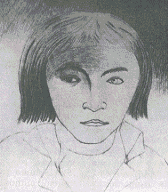
Louis-Michel Aury was a French privateer operating in the Gulf of Mexico and the Caribbean during the early 19th century.

The siege of Pensacola, fought from March 9 to May 10, 1781, was the culmination of Spain's conquest of West Florida during the Gulf Coast Campaign of the American Revolutionary War.

The Capture of Fort Bute signalled the opening of Spanish intervention in the American Revolutionary War on the side of France and the United States. Mustering an ad hoc army of Spanish regulars, Acadian militia, and native levies under Gilbert Antoine de St. Maxent, Bernardo de Gálvez, the Governor of Spanish Louisiana stormed and captured the small British frontier post on Bayou Manchac on September 7, 1779.

The siege of Baton Rouge was a brief siege during the Anglo-Spanish War that was decided on September 21, 1779. Fort New Richmond was the second British outpost to fall to Spanish arms during Bernardo de Gálvez's march into West Florida.

The Battle of Fort Charlotte, also known as the siege of Fort Charlotte, was a two-week siege conducted by Spanish general Bernardo de Gálvez against the British fortifications guarding the port of Mobile, during the Anglo-Spanish War of 1779-1783. Fort Charlotte was the last remaining British frontier post capable of threatening New Orleans, Louisiana. Its fall drove the British from the western reaches of West Florida and reduced the British military presence in West Florida to its capital, Pensacola.

The Battle at The Village, also known as the Second Battle of Mobile, fought on January 7, 1781, was a failed British attempt to recapture a Spanish fortification at "The Village," during the American Revolutionary War. The attack was led by Waldecker Colonel Johann von Hanxleden who was killed in the attempt.

Matías de Gálvez y Gallardo, KOS was a Spanish general, the Captain General of Guatemala from April 1779 to 3 April 1783, and Viceroy of New Spain from 29 April 1783 to 3 November 1784.
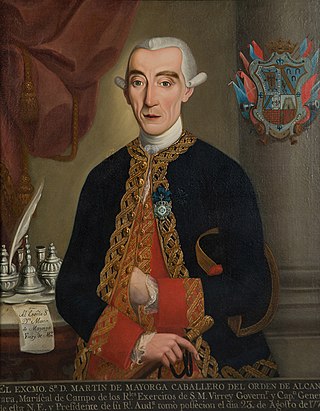
Martín de Mayorga Ferrer was a Spanish military officer, governor of the Captaincy General of Guatemala, and interim viceroy of New Spain.
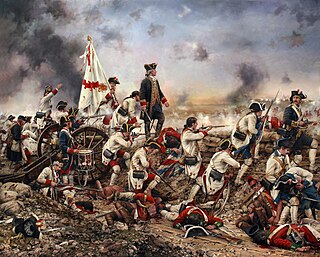
Spain, through its alliance with France and as part of its conflict with Britain, played a role in the independence of the United States. Spain declared war on Britain as an ally of France, itself an ally of the American colonies. Most notably, Spanish forces attacked British positions in the south and captured West Florida from Britain in the siege of Pensacola. This secured the southern route for supplies and closed off the possibility of any British offensive through the western frontier of the United States via the Mississippi River. Spain also provided money, supplies, and munitions to the American forces.
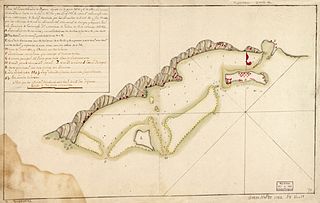
The Battle of Roatán was an American War of Independence battle fought on March 16, 1782, between British and Spanish forces for control of Roatán, an island off the Caribbean coast of present-day Honduras.

The Capture of the Bahamas took place in May 1782 during the American Revolutionary War when a Spanish force under the command of Juan Manuel Cagigal arrived on the island of New Providence near Nassau, the capital of the Bahamas. The British commander at Nassau, John Maxwell decided to surrender the island without a fight when confronted by the superior force.

The Battle of the Black River was a series of conflicts between April and August 1782 during the American War of Independence. They were fought between British and Spanish forces for control of the Black River settlement, located on the Mosquito Shore. Spanish forces forced out a small British garrison and most of the settlers in April 1782. The British responded in August, regrouping the settlers and reinforcing them with troops from Jamaica. They successfully recaptured the settlement from the disease-depleted Spanish force.

General John Campbell, 17th Chief of MacArthur Campbells of Strachur was a Scottish soldier and nobleman, who commanded the British forces at the Siege of Pensacola, and succeeded Guy Carleton, 1st Baron Dorchester as Commander-in-Chief in North America in 1783 following the end of the American War of Independence.
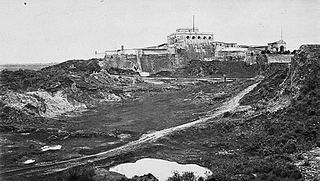
San José Castle -also known as Castillo de San José in Spanish- was opened to the public on 25 May 1846 on the «Buena Vista Hill» on the southeast of Guatemala City by general Rafael Carrera government; it was also known as «Carrera Castle». San José Fort was located where later Guatemalan administrations built a new city Hall, a National Theater and part of the Bolivar Avenue. The fort had a shooting range for the soldiers, ammunition warehouses, horses, diners and a small pond that was called "Soldier's Pond".
The Raid on Matina or the Battle of Matina was a small but significant military engagement that took place on 13 August 1747 between British Baymen and Miskito from the Mosquito Coast and Spanish forces over the Spanish fortification at Matina in the Captaincy General of Guatemala. The engagement was part of a larger conflict which was known as the War of Jenkins' Ear. The British and Miskito destroyed the fort after a short sharp fight before destroying the crops and taking away plunder from the surrounding Cacao rich area.
HMS Charon was a 44-gun fifth rate in service with the Royal Navy. Constructed in 1778, the ship took part in several conflicts in the Americas before being destroyed during the 1781 Siege of Yorktown. Her wreck lies in the York River.
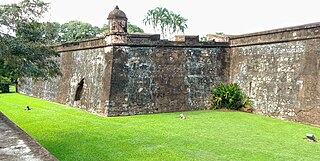
The Fortaleza de San Fernando is a colonial-era Spanish fortress in Omoa, Honduras. Built between 1756 and 1775, the fortress guarded Spanish interests in the-then Captaincy General of Guatemala before being seized by the Honduran government in 1821. The fortress remains relatively intact, and is a major tourist attraction in Omoa.

Cleland Hospital is a health facility in Auchinlea Drive, Cleland, North Lanarkshire, Scotland. It is managed by NHS Lanarkshire.
















